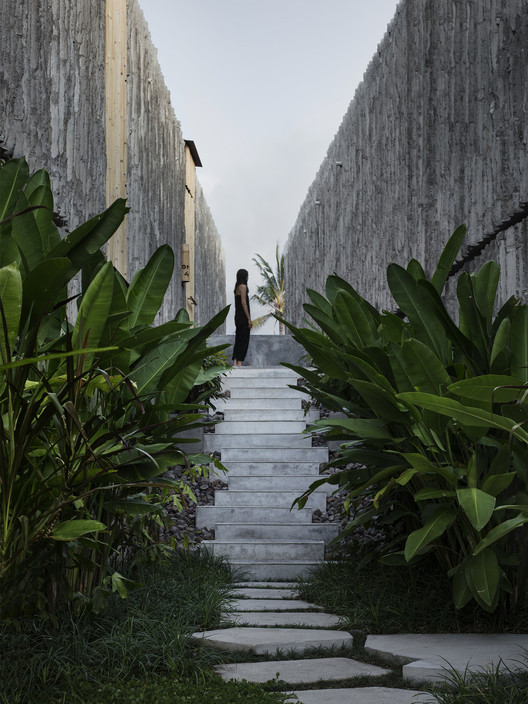
While concrete is without a doubt the world's go-to building material thanks to its durability, malleability, and ability to withstand a wide range of climates, it is also the principal source of CO2 emissions within the realm of construction. To combat this and reduce their creations' carbon footprint, many architects have begun experimenting and innovating in a bid to optimize concrete's technical qualities while diminishing its impact on the environment. Among these efforts, there are several projects that have explored the possibility of replacing traditional frameworks with more sustainable materials like bamboo, a resource that grows in abundance throughout many regions of the world and, along with having minimal environmental impact, renders high quality textured detailing on a variety of architectural surfaces.
Thanks to its high degree of malleability, concrete seamlessly takes the shape of whichever mold it is poured into, whether it's made of wood, metal, paper, plastic, or even textiles. As a fluid mix of cement, sand, gravel, and water--and in some cases, other secondary components--upon solidification, it takes the shape of its mold while its surface is imprinted with the texture of the framework that was used at the time. Historically, bamboo as a raw material has most often been associated with low-cost construction, serving as an economical replacement for other woods in forming structures and enclosures.
Today, the search for new materials in sustainable development has sparked the development of building methods that combine modern techniques with traditional elements, maximizing the qualities of the materials used.























